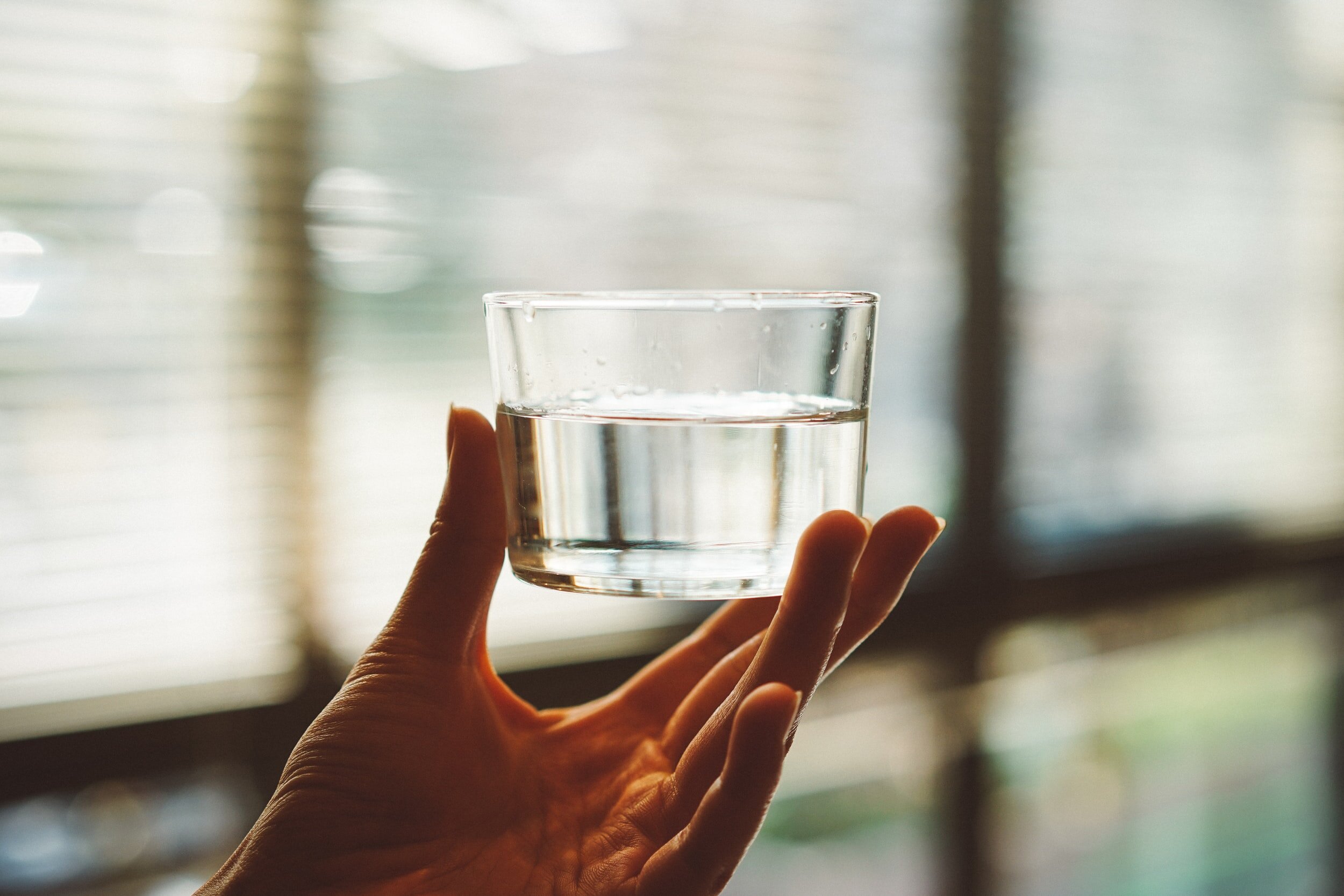The Earth’s Resources and Potable Water
The use of finite resources such as metals and fossil fuels means that these resources are running low. Scientists are developing sustainable methods that provide resources to meet current needs without depleting them for the next generation.
Sustainability
We use the Earth’s resources all the time – to build houses and roads, for food to eat, for producing technology like mobile phones and electric cards and producing plastics. Some of these resources are finite, which means there is a limited amount in the earth and will eventually run out. Finite resources include oil, coal, natural gas, copper and other metals.
The replacement of manure for artificial fertilisers is an example of an unsustainable practice.
Unsustainable practices are ways of doing things which use up resources faster than they can be replaced, resulting in resources running out. One example of this is the replacement of manure with chemical fertilisers. Manure used to be used on farms as compost but after 1910, chemists started to produce artificial fertilisers made of ammonia. On the one hand, this has helped us produce more food for a growing global population but on the other hand it has caused a huge amount of pollution. Another unsustainable practice is the extraction of copper for making things like mobile phones and electric cars. We have extracted so much copper that there may not be much left for future populations.
Sustainable development is development which meets the needs of current generations without limiting the resources available to future generations. Over recent years, scientists have been trying to make agricultural practices and industrial processes more sustainable. This includes things like biofuels and using starch to make biodegradable plastics.
Potable water
Potable water is water that is safe to drink.
To lead a healthy life, humans need a sufficient amount of drinking water containing a low level of salts and microbes. Water that is safe to drink is called potable water. Potable water is not the same thing as pure water, because potable water often contains small amounts of dissolved substances such as magnesium, sodium and chlorine.
Potable water is made by different methods in different places around the world. In the UK, potable water is produced by the following process:
Rainwater collects in lakes and rivers (fresh water)
Fresh water is passed through filter beds
The water is sterilised using chlorine, ozone or UV light
If fresh water supplies are limited, potable water may be produced by removing the salt from sea water, in a process called desalination. Desalination can be done by distillation or reverse-osmosis. Reverse-osmosis is when high pressures are used to force water molecules from areas of low water potential to areas of high water potential (it is literally the reverse of osmosis). This removes the water from the mixture of water and salt. The problem with distillation and reverse-osmosis is that they require large amounts of energy, so they are expensive and not very environmentally-friendly.
Waste water treatment
Homes and factories produce large amounts of dirty waste water which needs to be treated before it can be safely released back into the environment. Things like faeces and other organic matter, as well as harmful microorganisms need to be removed from the waste water. Treatment of sewage involves the following steps:
Removing grit and screening
Sedimentation – this allows small particles to settle at the bottom, creating sewage sludge which can be removed. The liquid on top of the sludge is called effluent
Sewage sludge is digested anaerobically by bacteria
The effluent is treated with aerobic bacteria
Alternative methods of extracting metals
Mining metals such as copper from the Earth’s crust means that supplies are now running low.
There are only limited amounts of metal ores within the Earth’s crust. As a large amount of metals such as copper have already been extracted from underground to make things like mobile phones and other electronic devices, copper ores are becoming increasingly rare. This means that we need to develop ways of extracting copper from ores in which copper is less abundant (low-grade ores). Two methods which are good at extracting metals from low-grade ores are phytomining and bioleaching. These methods are more environmentally-friendly than traditional mining as they don’t destroy habitats and create pollution. However, the final steps involve electrolysis which requires a lot of electricity.
Phytomining involves growing plants in soil containing low-grade ores. As the plants grow, they absorb metals compounds from the soil, which accumulate in their leaves. The plants are then harvested and burned to form ash containing the metal compounds. The metal can then be extracted from the metal compound by electrolysis or displacement reactions.
Bioleaching uses bacteria to separate the metals from their ores. The bacteria are able to use the energy within the chemical bonds between the atoms in the ore, breaking the bonds between the metal and the rest of the compound. This produces a solution containing metal ions – this is called the leachate. The metal can be extracted from the leachate using either electrolysis or displacement with a more reactive metal. For example, copper can be obtained from a copper leachate solution by displacement using scrap iron.
Did you know…
Stella McCartney has designed sustainable clothes made of mushrooms. The material has been described as ‘vegan-friendly leather’ made from the root system of fungi. The web-like root system of fungi, called, mycelium, is a very versatile material and is currently being developed for use as a sustainable building material, as well as for products like slippers, chairs and lamps. Image credit: Stella McCartney.
Next Page: Life Cycle Assessments



